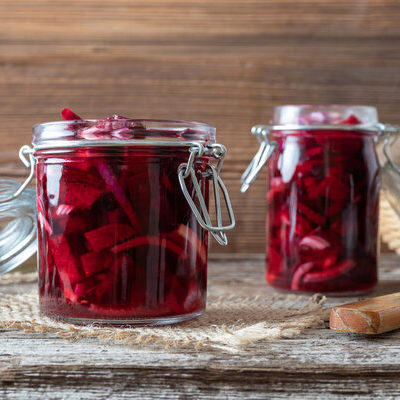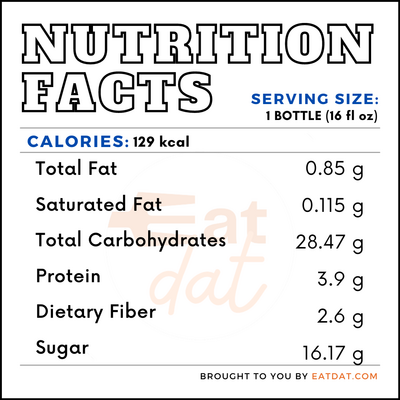
Kvass
What is Kvass?
Kvass is a fermented grain beverage made from rye bread, also known as black bread. This beverage may also contain other ingredients like honey and spices. The color of the bread used contributes to the color of the drink.
- It is a nonalcoholic drink with a distinct sour flavor.
- This Slavic drink is particularly popular in countries such as Belarus, Russia, and Ukraine.
The top 10 most popular brands on the market are:
- East End Kvass
- Porgu Kali
- Jester King
- Fonta Flora Underground
- American Solera Ryemera
- Beavertown Tempus Project
- Freigeist
- East End Session
- Tiny Rebel AK47
- Tervete Kvass Godu
Origin of kvass
Kvass has its origin in Russia, where the drink is called “kvas,” which means leaven. However, there is speculation that an older version of this drink existed in Babylon and Greece. Still, this drink has been appearing in Russian manuscripts for many years with locals valuing this drink because of the energy boost it gives. Farmers also drank it to quench their thirst on a hot day. In the past, people believed that this drink had some medicinal properties, as kvas can kill parasites and harmful microorganisms.
There is a legend that a Russian farmer discovered this drink by accident, when water got into the bag of grain that he stored. To save his grain, he decided to dry it and grind it into flour, so he poured hot water over the flour and allowed it to ferment. This simple principle serves as the basis of this beverage’s industrial production, which is similar to that of beer, although kvas has insignificant alcoholic content. Over time, the popularity of this rye-bread drink has declined as western influences found their way into Russia. Nonetheless, this drink remains a symbol of patriotism among Russians.
Function
People in Slavic countries consume this beverage for refreshment. It is a part of their native ethnic cuisine. This drink can also be mixed with spirits like vodka to produce cocktails.
Nutrition
In one bottle (16 Fl oz) of this drink, there are:

This drink is rich in B vitamins and other microelements. It also helps the body’s metabolism and digestive health. However, people who have gluten intolerance might experience some side effects, if they consume this drink.
Commercial production
In 2018, Russia experienced a peak in sales, with a total value of 648 million metric liters. Since then, the drink’s sale volume has declined, only recording an amount of 608 million liters in 2019. The raw materials used in the production of this drink by natural fermentation include:
- Yeast
- Kvass wort concentrate
- Sugar
- Drinking water
Some of the stages in this drink’s production include the generation of sugar syrup, sterilization of the kvass wort concentrate, storage of the potable water, and yeast preparation.
Application
This can be made at home by fermenting a mixture of honey, spices, and fruits like apple, lemon, cherry, and raspberry. This beverage can last for seven to ten days in the refrigerator. The drink will build up carbonation slowly within those days.
Kvass recipes
This beverage can be made using a variety of ingredients. Here are some popular recipes:
FDA regulation
The Food and Drug Administration classifies rye as a gluten-containing grain. Rye bread is the principal component in the production of this beverage. According to the USDA, kvass belongs to the category of products containing ethyl alcohol, which are not subject to the technical regulations’ requirements, “on the safety of alcoholic beverages.”
References
Prichep, Deena. “America, Are You Tough Enough To Drink Real Russian Kvas?” NPR, NPR, 11 Aug. 2013, www.npr.org/sections/thesalt/2013/08/14/204859046/america-are-you-tough-enough-to-drink-real-russian-kvas.
Melkadze, A. “Russia: Sales Volume of Kvass 2019.” www.statista.com, Statista blog, 13 Oct. 2020, www.statista.com/statistics/1176105/sales-volume-of-kvass-in-russia/.
“CFR – Code of Federal Regulations, Title 21.” accessdata.fda.gov, US Food & Drug Administration, 1 Apr. 2019, www.accessdata.fda.gov/scripts/cdrh/cfdocs/cfcfr/cfrsearch.cfm?fr=101.91.
